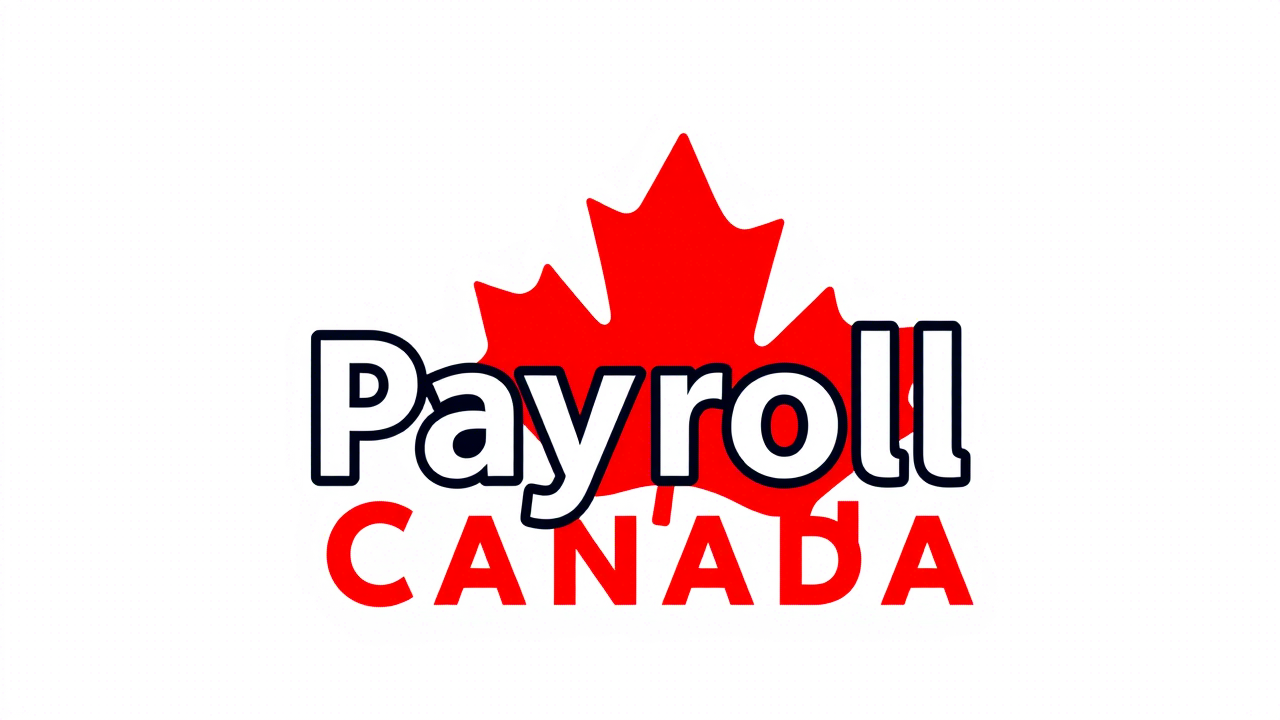Choosing the right payroll system is one of the most important decisions a Canadian business owner can make. With ever-changing tax laws, provincial regulations, and the need for accuracy, having a reliable payroll solution is essential for compliance, employee satisfaction, and operational efficiency. But with so many options available—from cloud-based software to outsourced services—how do you determine which payroll system is the best fit for your business? In this article, we’ll guide you through the key factors to consider when selecting a payroll system that meets your needs.
Why Choosing the Right Payroll System Matters
Payroll is more than just processing payments—it’s about ensuring compliance with federal and provincial laws, maintaining accurate records, and fostering trust with employees. A poorly chosen or outdated payroll system can lead to costly mistakes, such as incorrect tax deductions, missed remittances to the Canada Revenue Agency (CRA), or even legal penalties. On the other hand, the right payroll management solution can save you time, reduce errors, and provide peace of mind.
Before diving into the selection process, it’s important to assess your business’s unique needs. Factors like company size, budget, industry, and growth plans will all influence which payroll system is the best fit.
Key Factors to Consider When Choosing a Payroll System
1. Business Size and Complexity
The size of your business plays a significant role in determining the type of payroll system you need:
- Small Businesses: If you have fewer than 10 employees, a simple payroll software solution with basic features may suffice. Look for tools that offer affordability, ease of use, and scalability as your business grows.
- Medium to Large Businesses: Larger teams require more robust systems that can handle complex payroll structures, including multiple pay schedules, departments, and locations. Advanced reporting and integration capabilities are also essential.
For businesses operating in multiple provinces, ensure the system can adapt to varying provincial payroll laws, such as minimum wage rates and vacation entitlements.
2. Budget and Cost
Cost is a critical consideration when choosing a payroll system. While some businesses opt for free or low-cost tools, others invest in premium solutions for added functionality. Here’s a breakdown of common options:
- DIY Payroll Software: Affordable monthly subscriptions make this ideal for small businesses with limited budgets. Examples include QuickBooks Payroll and Wave Payroll.
- Cloud-Based Payroll Systems: These platforms often charge based on the number of employees or pay runs, offering scalability and advanced features.
- Outsourced Payroll Services: While more expensive upfront, outsourcing can save time and reduce the risk of errors for businesses without dedicated payroll staff.
When evaluating costs, don’t forget to factor in hidden fees, such as setup charges or additional costs for customer support.
3. Compliance and Automation Features
One of the biggest challenges of payroll in Canada is staying compliant with CRA regulations and provincial labor laws. The right payroll system should offer:
- Automated Tax Calculations: Ensure accurate deductions for federal and provincial income taxes, CPP, and EI contributions.
- Remittance Assistance: Help you meet deadlines for submitting payroll deductions to the CRA.
- Provincial Law Updates: Automatically adjust calculations to reflect changes in minimum wage, overtime rules, and other provincial requirements.
Look for systems like VTAC Payroll Management that prioritize compliance and provide built-in updates to keep your business aligned with evolving regulations.
4. Integration and Scalability
Your payroll system should integrate seamlessly with other tools your business uses, such as accounting software, HR platforms, and time-tracking apps. This ensures data consistency and reduces manual entry errors. Additionally, as your business grows, your payroll system should be able to scale with you. For example:
- Can it handle additional employees or locations?
- Does it support multi-currency payments for international workers?
- Is it adaptable to changes in your industry or workforce structure?
Scalability is especially important for startups and growing businesses that anticipate expansion in the near future.
5. User Experience and Support
A payroll system is only as good as its usability. Choose a platform with an intuitive interface that doesn’t require extensive training. Key features to look for include:
- Employee Self-Service Portals: Allow employees to view pay stubs, tax forms, and vacation balances online.
- Mobile Access: Enable payroll management on the go.
- Customer Support: Reliable assistance to resolve issues quickly, whether through phone, email, or live chat.
Tools like VTAC Payroll Management excel in providing user-friendly experiences and dedicated support, ensuring smooth operations for businesses of all sizes.
Types of Payroll Systems Available in Canada
1. Cloud-Based Payroll Software
Cloud-based systems are increasingly popular due to their flexibility, accessibility, and automation capabilities. These platforms store data securely online, allowing users to access payroll information from any device with an internet connection. They’re ideal for businesses looking for real-time updates, automatic compliance features, and scalability.
2. On-Premise Payroll Software
Traditional on-premise solutions are installed locally on your business’s servers or computers. While they offer full control over data, they often require significant upfront costs, IT infrastructure, and manual updates. This option is best suited for large enterprises with complex payroll needs and strict data privacy policies.
3. Outsourced Payroll Services
Outsourcing payroll to a third-party provider is an excellent choice for businesses that lack the time or expertise to manage payroll internally. These services handle everything from tax filings to CRA remittances, freeing up your team to focus on core activities.
4. Free or Low-Cost Payroll Tools
For startups and freelancers on tight budgets, free or low-cost payroll tools like Wave Payroll and QuickBooks Basic can provide essential functionality without breaking the bank. However, these options may lack advanced features like multi-province compliance or detailed reporting.
Why VTAC Payroll Management Stands Out
If you’re searching for a comprehensive payroll system tailored to Canadian businesses, VTAC Payroll Management is a top choice. Here’s why:
- Compliance Assurance: Automatically updates to reflect changes in CRA and provincial payroll laws.
- Affordable Pricing: Transparent plans designed for businesses of all sizes.
- Ease of Use: Intuitive interface with no learning curve, making payroll management accessible even for beginners.
- Advanced Features: Includes automated tax calculations, direct deposit, employee self-service portals, and customizable reports.
- Dedicated Support: Local experts available to guide you through setup and troubleshooting.
By leveraging VTAC Payroll Management , you can streamline payroll processes, reduce errors, and focus on growing your business.
Conclusion
Choosing the right payroll system for your Canadian business requires careful consideration of your unique needs, budget, and long-term goals. Whether you opt for a cloud-based solution, outsourced service, or DIY software, the key is to prioritize compliance, scalability, and ease of use.
Take the stress out of payroll management today by exploring VTAC Payroll Management —a reliable and innovative solution designed to simplify payroll for businesses across Canada. Visit VTAC Payroll Management to learn more and get started.




